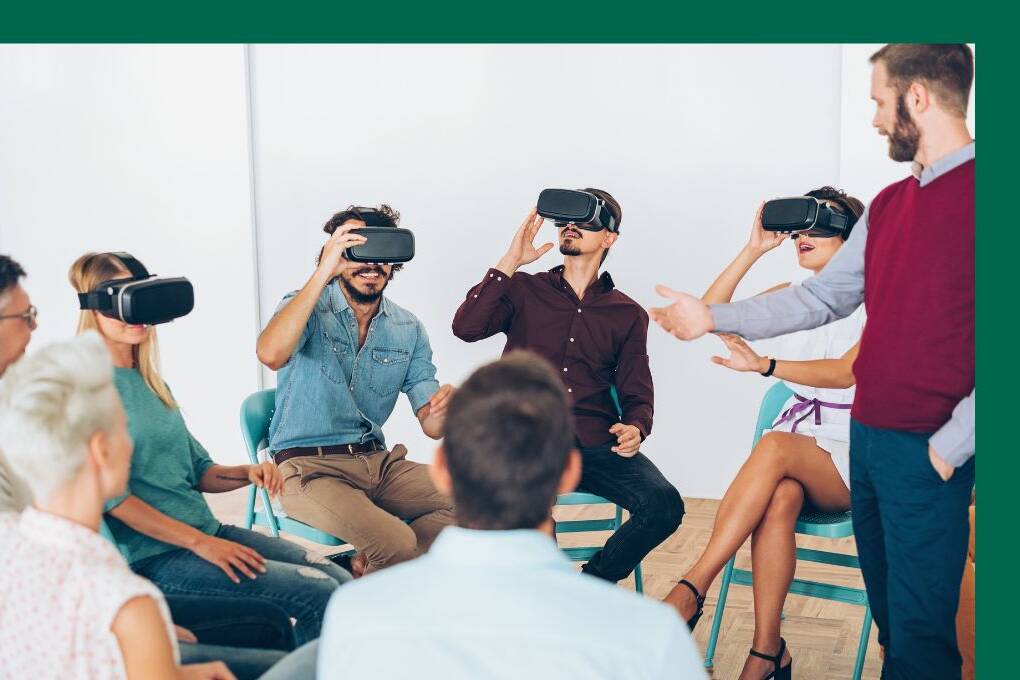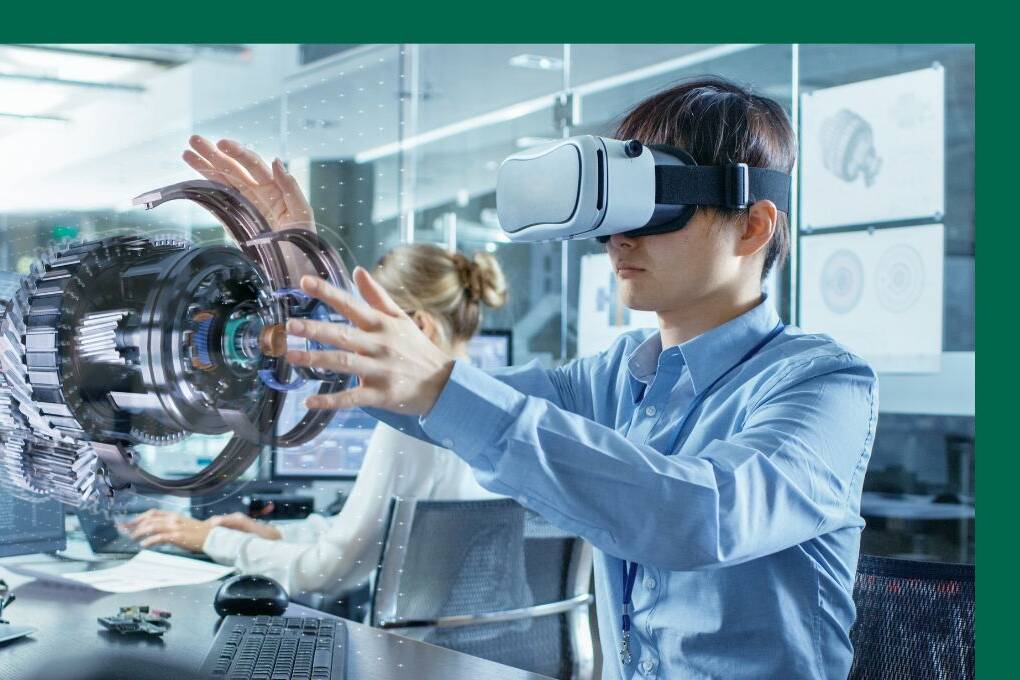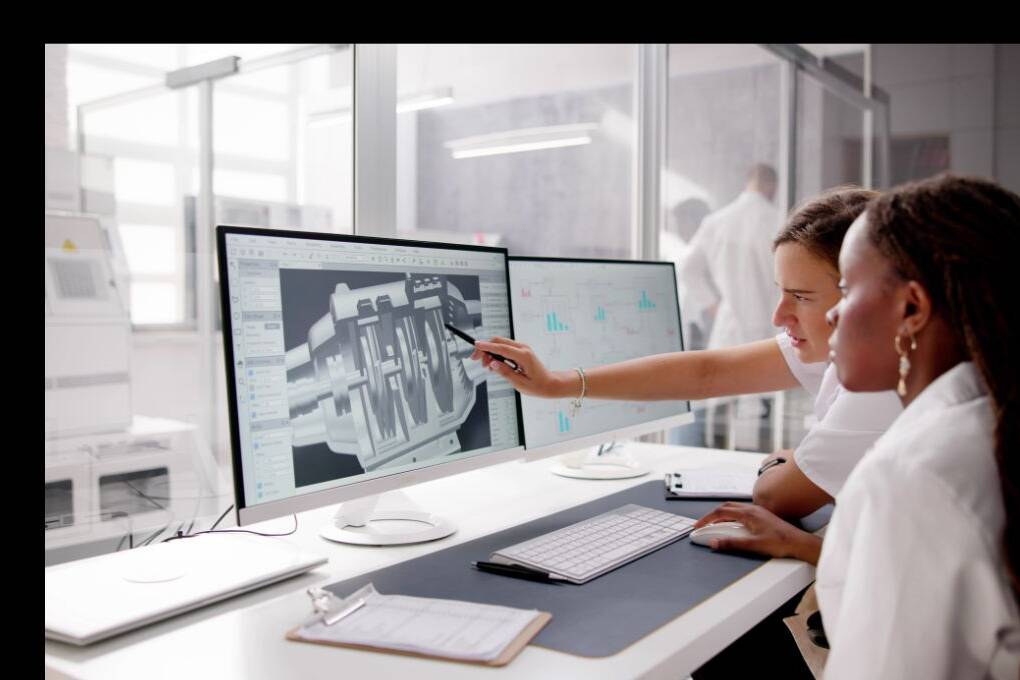Earlier in this series we discussed about vision and alignment, this chapter is about architecture.
Once your organization has committed to immersive VR training and the business foundation is in place, the next layer determines everything that follows: the technical decisions.
At Spatio, we’ve built over 100 enterprise-grade simulators across industries, and we’ve seen firsthand how the right (or wrong) decisions at this stage shape scalability, performance, and long-term success.
These are the foundational technical choices that must be made before the first asset is designed or line of code is written.
1. Level of Visual Quality
More realism doesn’t always mean more immersion.
While visual fidelity plays a critical role, research consistently shows that hyperrealism isn’t a prerequisite for immersive learning. What’s more important is believability and task relevance.
That said, there are scenarios where ultra-realistic visuals are non-negotiable, like:
- Safety training simulating high-risk consequences
- Client-facing demonstrations requiring high visual polish
- Simulations of rare or emotionally intense scenarios
Ask: Is realism critical to provoke the right reaction or deliver the learning outcome?If not, smart abstraction can deliver the same impact at lower cost and higher scalability.
2. Choosing the Right Platform
This is where deployment meets practicality.
You’ll typically choose between:
- Tethered Systems
- Higher graphical fidelity
- Processing powered by a workstation
- Ideal for fixed-site simulations with demanding visual environments
- Standalone Systems
- All-in-one headsets
- Portable, wireless, and easier to deploy
- Better for onboarding, field training, and remote teams
Spatio’s recommendation?
When in doubt, start with standalone. Content built for standalone platforms can always be scaled up to tethered environments — but not the other way around.
3. Selecting the Game Engine
This is one of the few truly irreversible decisions in a VR project and one that impacts long-term evolution.
Your two primary choices:
- Unity3D
- Optimized for enterprise integration
- Best for standalone headsets
- Supports a wide range of current and future devices
- Ideal for training workflows requiring LMS or API integrations
- Unreal Engine
- Industry-leading visual fidelity
- Better for cinematic, visually demanding modules
- Often used in defense, architecture, or oil & gas for hyper-realism
Our recommendation?
Use Unity if your focus is enterprise rollout, multi-device support, and integration.
Choose Unreal if your top priority is unmatched realism and you have the hardware to support it.
4. Enterprise Integrations
A VR simulator is most powerful when it’s not standalone.
Plan early for seamless integration with your existing enterprise ecosystem:
- SSO (Single Sign-On)
- Learning Management Systems (LMS)
- Active Directory (AD) and user hierarchies
- Data analytics dashboards
Involve your IT team from Day 1. Delayed integration discussions can create major rollout bottlenecks later — both in security and scale.
5. Device Agnosticism
Some organizations require their VR content to run across multiple hardware platforms due to IT policies, geographical scale, or vendor variability.
While this flexibility is valuable, it comes with trade-offs:
- Lower graphical fidelity across devices
- Additional QA overhead
- Limitations on device-specific features
If device agnosticism is a must, call it out early and prepare to design around those constraints from the ground up.
6. Hardware Integrations
Some simulators go beyond the headset.
If your use case demands realistic tooling – say, a forklift steering kit, a welding gun, or a crane lever setup, plan this early. Hardware integration involves:
- Custom controller mapping
- External APIs
- Physical hardware procurement
- Testing for feedback calibration
Retro-fitting hardware mid-project is time-consuming and expensive. Identify and scope this upfront.
7. Controller vs Hand Tracking
This is one of the most overlooked, yet most impactful – decisions for user experience.
- Hand tracking offers natural, intuitive interaction and is perfect for tasks that rely on soft skills or fine motor gestures.
- Controllers, while less natural, offer precision and are better suited for tool-based operations, menu navigation, or input-heavy workflows.
At Spatio, we help clients evaluate user roles, training goals, and hardware availability before locking this in. The goal is always: build what feels right for the end user.
Build on a Foundation That Lasts
Technical decisions aren’t just background specs, they’re the invisible framework that defines whether your VR training project is scalable, maintainable, and effective.
From visual realism to platform flexibility, from hand tracking to enterprise integrations — every choice you make before kickoff directly impacts what’s possible down the line. And when these decisions are made intentionally, the development phase becomes faster, cleaner, and far more aligned with your business goals.
At Spatio, we help organizations de-risk these early decisions with the clarity that comes from delivering 100+ VR simulators – each built to scale, adapt, and deliver measurable outcomes.
But this is only the foundation.
In the next part of this series, we go deeper into the heart of the experience: 3D Content and Design.




